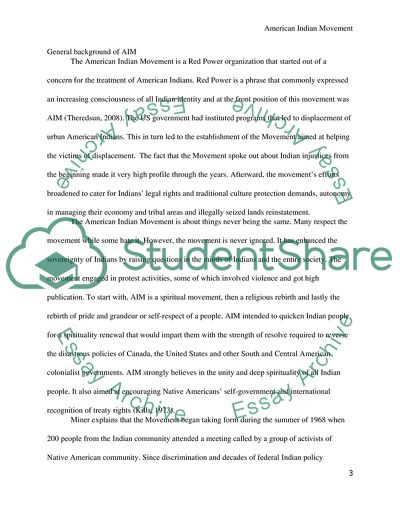Cite this document
(Analysis of American Indian Movement Research Paper, n.d.)
Analysis of American Indian Movement Research Paper. Retrieved from https://studentshare.org/history/1723935-american-indian-movement
Analysis of American Indian Movement Research Paper. Retrieved from https://studentshare.org/history/1723935-american-indian-movement
(Analysis of American Indian Movement Research Paper)
Analysis of American Indian Movement Research Paper. https://studentshare.org/history/1723935-american-indian-movement.
Analysis of American Indian Movement Research Paper. https://studentshare.org/history/1723935-american-indian-movement.
“Analysis of American Indian Movement Research Paper”, n.d. https://studentshare.org/history/1723935-american-indian-movement.


